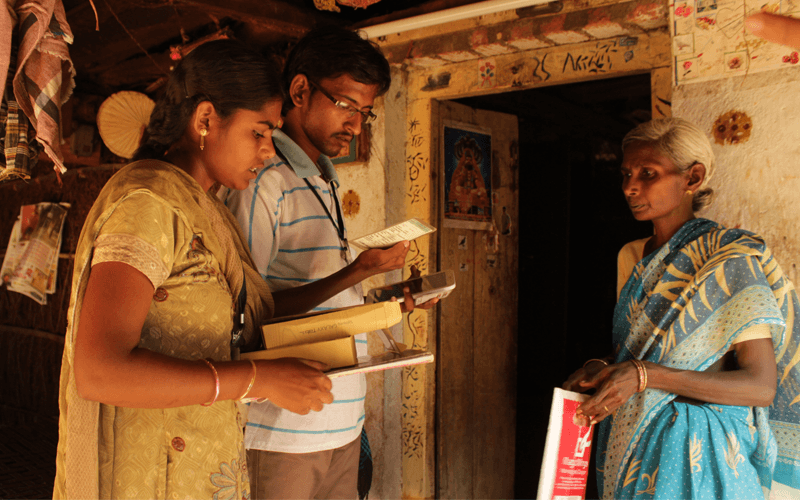
The fifth NFHS survey was just released. And for the first time, there are more women in India than men. Read to find out all about the report.
What does the NFHS survey say?

In the fifth survey carried by the National Family and Health Survey (NFHS), several new findings were released by the Union Health Ministry on November 24. The most shocking was that there were 1,020 women for every 1,000 men. In 1990, Nobel laureate Amartya Sen coined the term ‘missing women’ for the 927 women per 1,000 men in the country. While the results from the third NFHS in 2005-06 made the ratio equal to 1000:1000, the next survey in 2015-16 showed a decrease to 991:1000.
The main goal of the survey is to obtain reliable and comparable data for improving health and family welfare in the nation. According to the Union Health Ministry, the data is crucial during emergencies. The fifth NFHS survey, conducted across 6.1 lakh sample homes from 707 districts
More on the report
Additionally, the drop in total fertility rate (TFR) comes as a shock. TFR is helpful in calculating the average number of offspring for every woman. “The total fertility rate (TFR) has fallen from 2.2 to 2.0 busts the population explosion myth and showing that India must steer away from coercive measures of population control,” stated the Population Foundation of India. “The fall in TFR is a significant feat,” stated Poonam Muttreja, the executive director of PFI.
Additionally, the report also highlights that anemia among women and children is a rising concern. Over half the population of women and children were found to be anemic in 14 states and union territories (UTs). The child nutrition indicators also showed a slight improvement nationwide. With stunting declining from 38 to 36 percent and, underweight from 36 to 32 percent. Additionally, wasting reduced from 21 to 19 percent.
